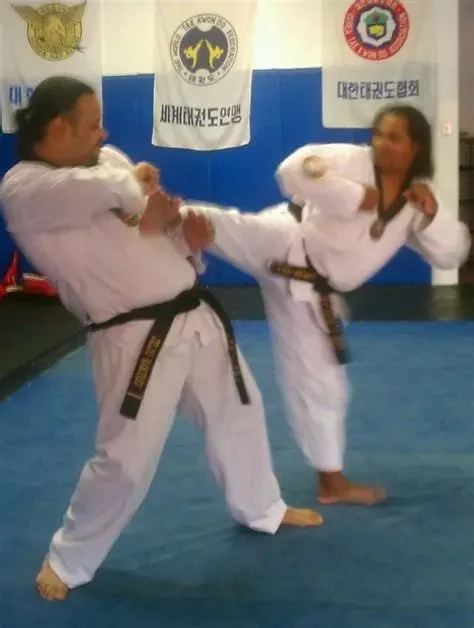
The Benefits of Tae Kwon Do for People with Ehlers-Danlos Syndrome (with Modifications)
For individuals with Ehlers-Danlos Syndrome (EDS), finding physical activities that support their overall well-being without risking injury can be a challenge. However, practices like Tae Kwon Do, when appropriately modified, offer significant benefits for EDS patients. This martial art, known for its discipline and structured movements, can help improve strength, flexibility, and coordination—essential elements for managing EDS symptoms. This article explores how Tae Kwon Do, with adjustments, can be a valuable tool for people with Ehlers-Danlos Syndrome.
- 1. How Tae Kwon Do Benefits EDS Patients
- 2. Key Modifications for EDS Practice
- 3. The Mental Health Benefits of Tae Kwon Do
- 4. Real-Life Examples of EDS Patients Practicing Tae Kwon Do
- 5. How to Get Started with Tae Kwon Do for EDS
1. How Tae Kwon Do Benefits EDS Patients
People with Ehlers-Danlos Syndrome often deal with joint hypermobility, skin that bruises easily, and a tendency to dislocate joints. Engaging in physical activities that help build strength without exacerbating these issues is crucial for overall health. Tae Kwon Do, with its focus on controlled movement, coordination, and balance, provides an excellent way to enhance muscle strength, improve joint stability, and promote better body awareness.
The gentle, controlled motions in Tae Kwon Do can strengthen the muscles surrounding hypermobile joints, thus offering more support and reducing the risk of dislocations. The discipline of this martial art also encourages proper posture and alignment, which is especially beneficial for EDS patients who may struggle with joint stability.
2. Key Modifications for EDS Practice
While Tae Kwon Do offers significant benefits, modifications are necessary to ensure safety for individuals with EDS. Here are a few modifications to consider when practicing Tae Kwon Do:
- Avoiding High-Impact Movements: Some of the higher-impact techniques, such as jumping kicks or rapid direction changes, may put unnecessary strain on joints. Modifying these movements to focus on lower-impact motions can help prevent injuries.
- Emphasizing Flexibility and Balance: EDS patients should focus more on exercises that promote flexibility and balance rather than strength-based moves that put excessive pressure on joints.
- Slow and Controlled Movements: Ensuring that all movements are done slowly and with control helps protect hypermobile joints and builds muscle stability over time.
- Working with a Qualified Instructor: It's essential to find an instructor familiar with EDS who can offer personalized modifications for each student.
With these adaptations, Tae Kwon Do can still be an effective and enjoyable practice for individuals with Ehlers-Danlos Syndrome.

Franklin Family Taekwondo / franklin family taekwondo
FranklinWilliamson CountyTennessee
454 Downs Blvd #140, Franklin, TN 37064, USA
3. The Mental Health Benefits of Tae Kwon Do
Aside from its physical benefits, Tae Kwon Do offers significant mental health advantages that can be especially important for those managing a chronic condition like Ehlers-Danlos Syndrome. Practicing martial arts helps build discipline, focus, and mental resilience, qualities that can aid in coping with the challenges posed by EDS.
Furthermore, the structure of Tae Kwon Do classes provides a sense of routine and accomplishment, boosting self-esteem and confidence. The mindfulness aspects of martial arts, such as controlled breathing and mental focus, can also reduce stress and anxiety, improving the overall mental well-being of those with EDS.
4. Real-Life Examples of EDS Patients Practicing Tae Kwon Do
Several individuals with Ehlers-Danlos Syndrome have successfully integrated Tae Kwon Do into their lives. For example, one EDS patient found that the low-impact nature of Tae Kwon Do, combined with personalized modifications, helped strengthen their joints and improve mobility, significantly reducing pain and discomfort. They shared how the discipline provided not only physical strength but also a sense of community and support, which greatly improved their quality of life.
Another patient with EDS incorporated Tai Chi-inspired movements from Tae Kwon Do to help with balance and flexibility. They reported fewer dislocations and less joint pain after consistent practice.
5. How to Get Started with Tae Kwon Do for EDS
If you're considering Tae Kwon Do as an option for managing Ehlers-Danlos Syndrome, here are some tips to help you get started:
- Consult Your Doctor: Before starting any new exercise regimen, it's important to consult with a healthcare professional who understands EDS.
- Find an Experienced Instructor: Look for a certified Tae Kwon Do instructor who has experience working with individuals with physical conditions and can adjust the program to suit your needs.
- Start Slow: Begin with gentle, low-intensity classes and gradually increase the intensity as your body adjusts.
- Listen to Your Body: Always pay attention to any signs of discomfort or pain and modify your practice accordingly.
With the right precautions and modifications, Tae Kwon Do can become a powerful tool for improving your physical and mental well-being, making it an excellent addition to your EDS management routine.
For more information on Tae Kwon Do for individuals with Ehlers-Danlos Syndrome and to find tailored products and services, visit Jeuns TKD Hub, where we offer a range of resources to support your martial arts journey.


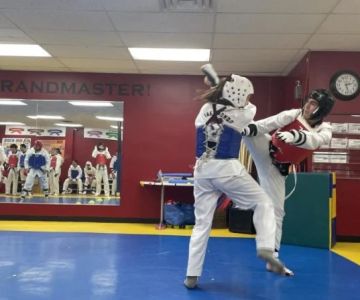
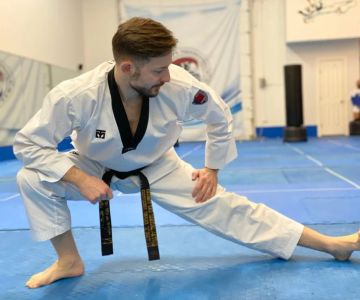
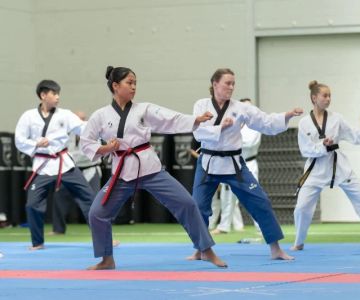

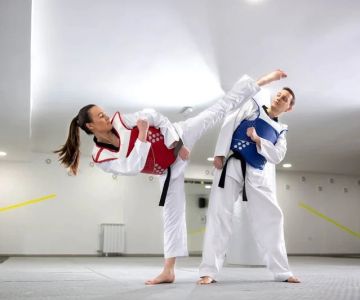
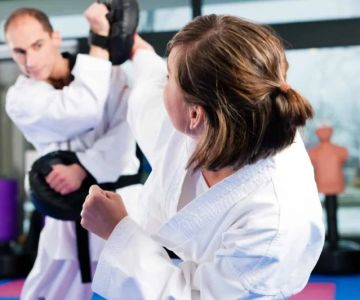
 Elite Freestyle Karate4.0 (15 reviews)
Elite Freestyle Karate4.0 (15 reviews) Japan International Karate Center of Pell City5.0 (3 reviews)
Japan International Karate Center of Pell City5.0 (3 reviews) Center Stage Martial Arts4.0 (37 reviews)
Center Stage Martial Arts4.0 (37 reviews) Greene Martial Arts Academy5.0 (46 reviews)
Greene Martial Arts Academy5.0 (46 reviews)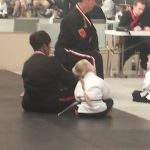 Momentum Taekwondo Plus4.0 (51 reviews)
Momentum Taekwondo Plus4.0 (51 reviews) Hernandez Martial Arts4.0 (51 reviews)
Hernandez Martial Arts4.0 (51 reviews)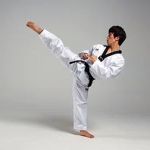 How to Execute a Jumping Roundhouse Kick to the Head
How to Execute a Jumping Roundhouse Kick to the Head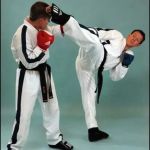 How to Execute a Double Kick Combination in Sparring
How to Execute a Double Kick Combination in Sparring How to Perform a Flawless Axe Kick: A Step-by-Step Guide
How to Perform a Flawless Axe Kick: A Step-by-Step Guide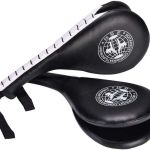 DIY Tae Kwon Do Training Equipment for Home Practice
DIY Tae Kwon Do Training Equipment for Home Practice How to Increase Your Vertical Jump for Tae Kwon Do Flying Kicks
How to Increase Your Vertical Jump for Tae Kwon Do Flying Kicks The History of the Tae Kwon Do Peace Corps
The History of the Tae Kwon Do Peace Corps